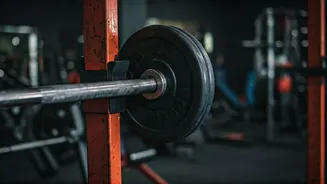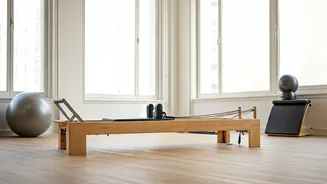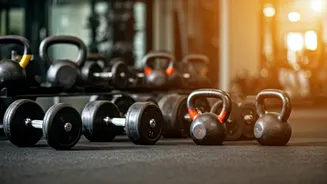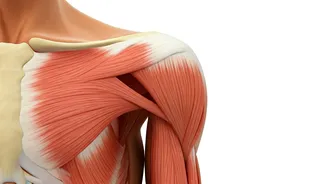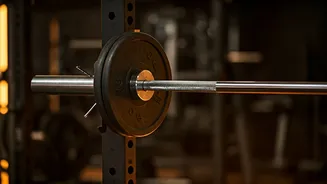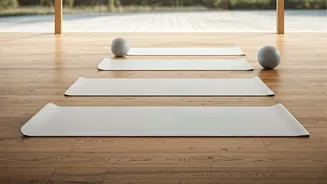Squats: The Basics
The squat is a foundational exercise that works multiple muscle groups simultaneously, making it incredibly efficient. By performing squats regularly,
you can build lower body strength and muscle tone, essential for everyday activities and athletic performance. It enhances balance, posture, and body control, reducing the risk of falls and improving coordination. Furthermore, the squat strengthens bones and connective tissues, contributing to long-term skeletal health and resilience. It is a simple yet profoundly effective exercise that can be done anywhere, making it accessible to people of all fitness levels. This exercise also improves joint mobility and flexibility. Regular practice ensures that your body maintains its functional capacity, making daily movements easier and more comfortable.
How to Squat Properly
Proper squat technique is key to maximizing benefits and avoiding injuries. Begin by standing with your feet shoulder-width apart, toes slightly outward. Keep your back straight, chest up, and core engaged throughout the movement. Initiate the squat by pushing your hips back as if you're sitting in a chair, while simultaneously bending your knees. Descend until your thighs are parallel to the ground, or as low as your mobility allows. Ensure your knees track over your toes and don’t cave inward. Maintain a controlled descent, avoiding rushing. At the bottom, keep your weight on your heels and drive back up through your heels, engaging your glutes and quads. Exhale as you stand up. Maintain focus on these aspects during each repetition to ensure a safe and effective workout, benefiting from the many advantages of squatting while minimizing any potential risks.
Benefits of Daily Squats
Incorporating squats into your daily routine offers a myriad of benefits. Regular squats enhance lower body strength and improve muscle tone, supporting daily activities and athletic performance. They contribute significantly to improved balance, posture, and body control, decreasing the risk of falls and improving overall coordination. The exercise is also known for strengthening bones and connective tissues, supporting long-term skeletal health and resilience. Squats enhance joint mobility and flexibility, helping to maintain functional movement throughout life. Daily practice means that everyday activities become easier, more comfortable, and performed with greater efficiency. In addition to these physical advantages, consistent squatting can boost metabolism and assist in weight management, making it a valuable addition to any fitness plan.
Squatting Cautions
While squats are beneficial, certain individuals should exercise caution. People with pre-existing knee or back issues should consult with a healthcare professional or physical therapist before starting. Those with mobility restrictions may need to modify the squat or avoid it completely. If you experience any pain during the exercise, stop immediately. It's crucial to prioritize proper form over depth or repetitions to prevent injuries. Remember to listen to your body and adjust accordingly. If you have high blood pressure, consult your doctor. If you're pregnant, it's wise to discuss with a healthcare provider. Squatting can be modified to suit individual needs and physical limitations, making it accessible for most individuals, provided that necessary precautions are taken to ensure safety and well-being.
Daily Squat Duration
Starting with a manageable duration is important. Aim to hold a squat position for five minutes daily, gradually increasing as your strength and endurance improve. Beginners can start with shorter durations, such as 30 seconds, several times a day. As you get more comfortable, you can extend the holding time and increase the number of sets. The key is consistency; even short, regular sessions are more effective than infrequent, long ones. You can break it into intervals, holding for brief periods throughout the day. Listen to your body and never push yourself beyond your limits. Focus on maintaining good form and staying consistent with your practice. Over time, your body will adapt, and you'll find that holding the squat position becomes easier, allowing you to maximize the benefits this exercise offers.
